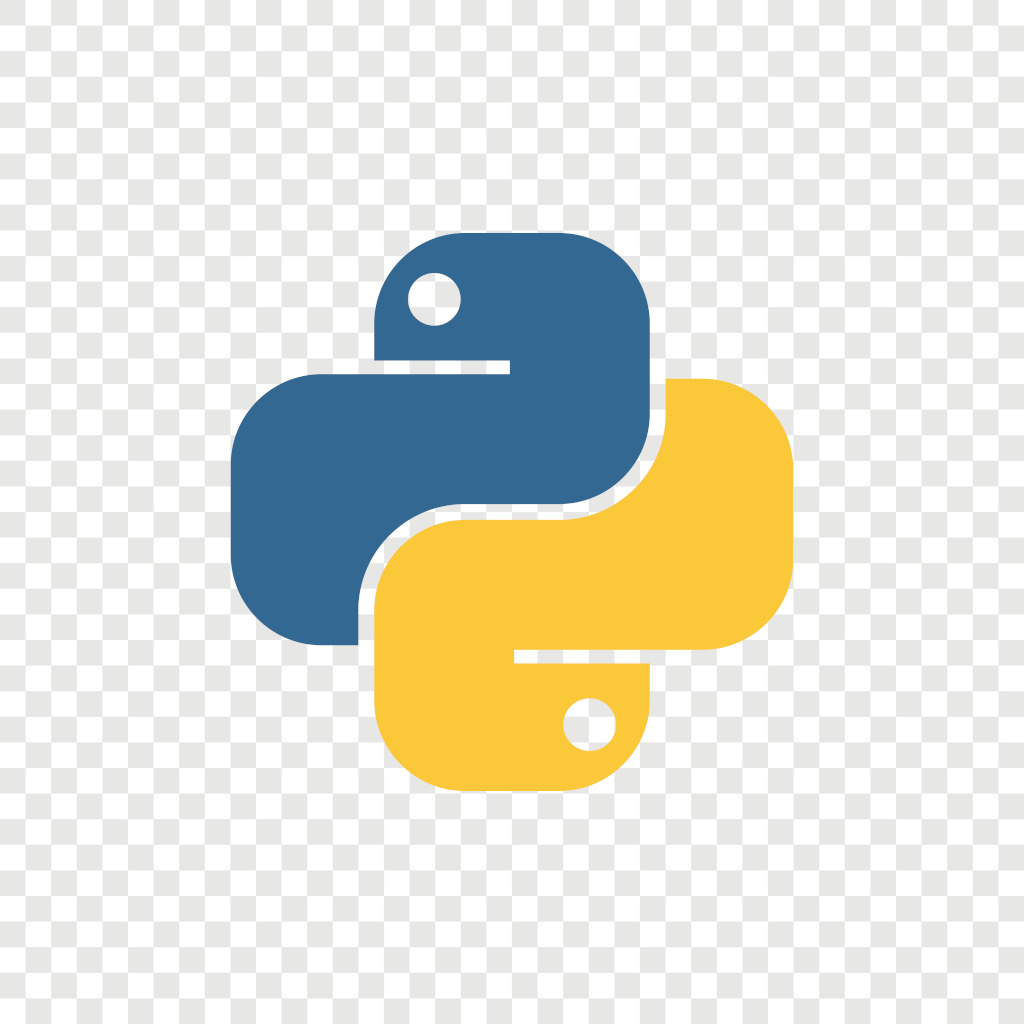










[footag]
The Learning Initiative is an Authorized Training Partner to CertNexus.


Python is the most popular programming language in the world.
It is a vital component of data science and machine learning and has a very simple and easy to read style. It is one also one of the most flexible programming languages, and can be used in desktop software, mobile applications, web development and more. Whether you are new to coding or are looking to increase your value as an application developer or data scientist, Python’s simple syntax and object-oriented programming paradigm make it a must learn language for everyone.
Python® has been around for decades, but it’s still one of the most versatile and popular programming languages out there. Whether you’re relatively new to programming or have been developing software for years, Python programming language is an excellent language to add to your skill set. In this course, you’ll learn the fundamentals of programming in Python, and you’ll develop applications to demonstrate your grasp of the language.
To ensure your success in the python training course, you should have at least a foundational knowledge of personal computer use. Both Python and PyCharm are distributed with the course data files. Python is distributed under the Python Software Foundation License (PSFL). PyCharm Community Edition is distributed under the Apache License 2.0.
This course is designed for people who want to learn the Python programming language in preparation for using Python to develop software for a wide range of applications, such as data science, machine learning, artificial intelligence, and web development.

Some experience programming in an object-oriented language is helpful, but even if you don’t have such experience, this course can be useful to those that are new to programming.
To ensure your success in the course, you should have at least a foundational knowledge of personal computer use. You can obtain this level of skills and knowledge by taking a course such as one of the following Logical Operations courses:
• Using Microsoft® Windows® 10
• Microsoft® Windows® 10: Transition from Windows® 7
Hardware and software required for this python class, you will need one computer for each student and one for the instructor.
Each computer will need the following minimum hardware configurations:
Drop us a line so we can help you on your learning journey.
Driven by our core values of Agility, Partnership, Transparency & Results we ensure our clients succeed in their goals by helping them translate strategy into action and organize around value in a complex digital world.
Dubai Knowledge Park
G11, Al Sufouh 2, Dubai
United Arab Emirates
Trademarks: PRINCE®, ITIL® and IT Infrastructure Library® are registered trade mark of AXELOS Limited, used under permission of AXELOS Limited. The Swirl logo™ is a trade mark of AXELOS Limited, used under permission of AXELOS Limited. All rights reserved. PMI, the Registered Education Provider logo, PMBOK, PMP, PgMP, PFMP, CAPM, PMI-SP, PMI-PBA, PM Network, PMI Today, Pulse of the Profession, the PMI logo, the PMP logo and PMBOK are registered marks of the Project Management Institute, Inc. The Self-Study courses on this page are offered by Professional Training Center of Excellence ATO/Affiliate of AXELOS Limited. All rights reserved.
All prices are exclusive of VAT.
® 2020 The Learning Initiative. All rights reserved.
